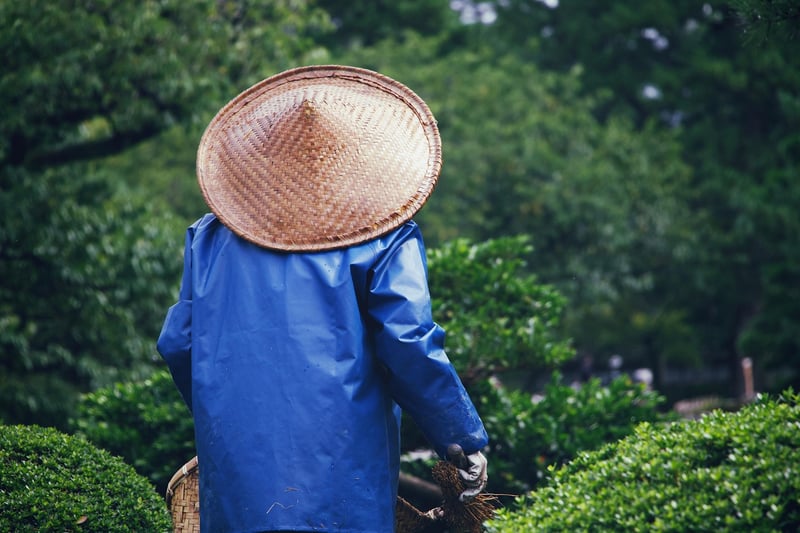Pruning Techniques
Nurturing Plants: The Key to a Thriving Garden
The Importance of Nurturing Plants
Properly nurturing your plants is essential for their health and growth. By providing the right care, you can ensure that your garden flourishes and rewards you with beautiful blooms and bountiful harvests.
Essential Tips for Nurturing Plants
- Watering: Ensure your plants receive an adequate amount of water based on their specific needs. Overwatering or underwatering can harm your plants.
- Sunlight: Most plants require sunlight to thrive. Be sure to place sun-loving plants in sunny spots and shade-loving plants in areas with less direct sunlight.
- Fertilizing: Feed your plants with the appropriate fertilizer to provide them with essential nutrients for healthy growth.
- Weeding: Regularly remove weeds from your garden to prevent them from competing with your plants for resources.
- Pruning: Prune your plants to promote growth, control size, and enhance the overall appearance of your garden.
Pruning Techniques for Healthy Plants
Pruning is a crucial aspect of plant care that involves removing dead, damaged, or overgrown parts to encourage new growth and maintain plant health. Here are some pruning techniques to help you keep your plants in top condition:
1. Deadheading
Remove faded or dead flowers to encourage the plant to produce new blooms and prevent seed formation.
2. Thinning
Thin out crowded branches to improve air circulation and sunlight penetration, reducing the risk of diseases.
3. Heading Back
Cut back the tips of branches to promote bushier growth and create a more compact plant shape.
4. Rejuvenation Pruning
For older or overgrown plants, consider rejuvenation pruning by cutting back the entire plant to stimulate fresh growth.
Conclusion
By following these nurturing and pruning techniques, you can ensure that your plants thrive and contribute to a vibrant and healthy garden. Remember to observe your plants regularly and provide them with the care they need to flourish.
Images source: Pixabay

